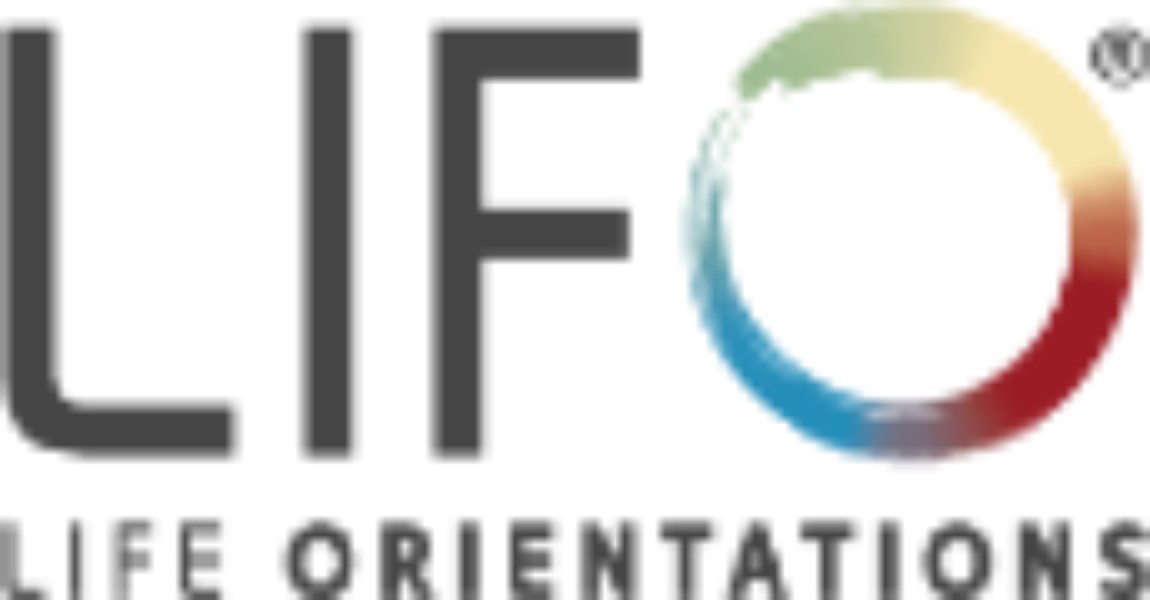Agile software development is essential in today's fast-paced industry. The traditional waterfall method lacks the flexibility needed to adapt to market changes and changing requirements. Agile methodologies can help. Agile is a collection of principles and practices which prioritizes iterative development and collaboration. There are many methodologies within agile. Each has its own benefits and approach. This comprehensive guide will explore the different types of agile software-development methodologies.
1. Scrum
Scrum is a popular agile methodology, known for its flexibility and simplicity. It is based upon the concept of sprints which are iterative cycles lasting between 2-4 weeks. The sprints begin with a meeting in which the team decides what items to work on from the backlog. Daily stand-ups keep the team in sync, while sprint reviews provide an opportunity for reflection and improvements. Scrum emphasizes self-organization, cross-functionality and teamwork.
2. Kanban
Kanban is a lean manufacturing principle that focuses on visualizing the workflow and limiting Work in Progress (WIP). Teams can use a Kanban Board to track tasks as they move through the various stages of a workflow. Kanban, unlike Scrum does not have fixed timeboxed Iterations. Work is instead pulled into the system based on capacity. Kanban is a flexible system that works well for teams who have unpredictable workloads and continuous delivery environments.
3. Extreme Programming
Extreme Programming is an agile method that emphasizes customer involvement and technical excellence. XP includes practices such as pair programming, continuous integration, and frequent release. Two developers work together on the same computer to promote knowledge sharing and code quality. Test-driven Development requires that automated tests are written before code is written, to ensure the code meets specified requirements. Continuous integration is the process of integrating code frequently and running automated testing to detect problems early.
4. Lean Software Development
Inspire by lean manufacturing, the goal of Lean Software Development is to maximize customer value and eliminate waste. Lean software development is based on four key principles: optimizing the entire, amplifying the learning, delivering the product as quickly as possible, as well as empowering the team. Lean software development focuses on providing the maximum value to customers with the least amount of resources and effort. It promotes iterative improvement and a relentless focus on the needs of customers.
5. FDD (Feature-Driven Development)
FDD is an agile, iterative methodology that focuses on the delivery of tangible software features. FDD is built on five principles: build an overall model, create a feature list and plan by feature. Design by feature. Build by feature. FDD divides development into short iterations, called feature sets. Each is focused on delivering one or more features. FDD places a strong emphasis on domain modeling. This involves creating a model of the domain in order to guide development efforts.
6. Crystal
Crystal is a collection of agile methods developed by Alistair Cockburn. Each method can be tailored to fit different project sizes or contexts. The Crystal methodologies are based on common values and principles such as simplicity, communication and reflection. Crystal Clear is for small teams in co-located settings, while Crystal Orange suits larger teams or more complex projects. Crystal methodologies emphasize communication and collaboration between team members. They recognize that effective communication is crucial for project success.
7. Dynamic Systems Development Method
The Dynamic Systems Development Method is an agile framework for rapid software development. DSDM's focus on delivering value to the business, frequent delivery cycles and active user participation are its hallmarks. DSDM defines the roles and responsibilities of project teams and offers a set principles and practices that guide development efforts. DSDM projects consist of time-boxed iterations, called "timeboxes", each delivering a product increment that can be shipped.
Conclusion
Agile software development methodologies are flexible and collaborative. Each methodology, from Scrum and Kanban, to Extreme Programming, Lean and more, has its own principles, practices and benefits. The right methodology to use depends on a number of factors including the size and composition of your project, as well as your organization's culture. Understanding the various types of agile methods and their underlying principals will help teams select the method that is best suited to their needs, and increase their chances of success. There's a method for everyone, whether you're an agile veteran or are just beginning your journey.


No comments yet